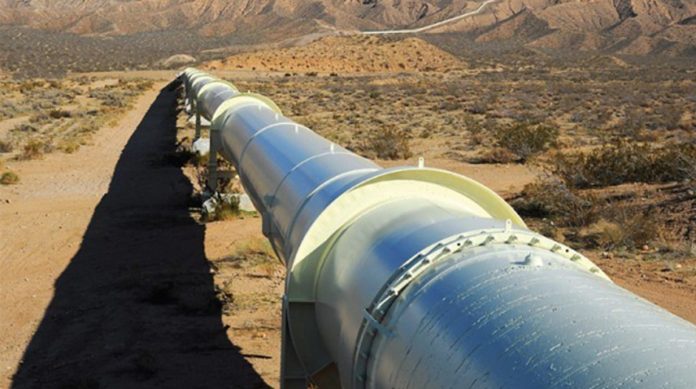HARARE – The agreement between Government through the National Oil Infrastructure Company and Trafigura does not permit the commodities firm to exceed 40% market share. This has resulted in capacity utilization of the pipeline averaging around 65% over the past six years.
It has also emerged that Government owes Trafigura US$174 million for fuel not yet paid for under a US$224 million credit arrangement.
According to statistics obtained from the Ministry of Energy and Power Development, the country has over the past six years failed to fully utilise the Feruka pipeline which has an annual pump capacity of 2.16 billion litres. Yet Trafigura, the global commodities trader, has faced sustained accusations that it used Sakunda Holdings connections to ZANU PF to gain an unfair advantage in the supply of fuel to the country.
Figures indicate that in 2014, Trafigura used 39.44% of the pipeline after pumping 852 million litres of fuel while other players pumped 540 million litres leaving an unutilised gap of 35.56%. In 2015, the company channelled 924 million litres through the pipeline while other oil companies pumped 605 million litres. This left the pipeline unutilised by 29%.
The trend continued in 2016 and 2017 with Trafigura pumping 717 million and 639 million respectively. Other players pumped 591 million litres and 535 million litres for the two years. In 2018, Trafigura put through 768 million litres while other players pumped 842 million litres. That year the pipeline was not utilized by 25%.
In 2019 Trafigura pumped 889 million litres of fuel through the pipeline while other players pumped 575 million litres of fuel leaving underutilised capacity of 32.22%.
Information obtained shows that in 2017, Trafigura was requested by government to bring fuel into the country under a credit arrangement where Zimbabwe would receive 12 months of fuel, which would be paid over 24 months. This was meant to ease pressure on foreign currency shortages and give Government ample time to rebuild its export receivables over 18 months to cover the loans. Other players in the fuel sector have similar arrangements though structured at small scale.
The deal was fulfilled but by December last year Trafigura was owed US$224 million which was to be paid against future government receivables as there was anticipation of an economic boom. However because the economy failed to take off as anticipated, government agreed to pay Trafigura US$22.5 million monthly while the parties renegotiated the deal to give government breathing space as there were other needs for foreign currency.
“Of the US$224 million, US$50 million was paid in cash by Afreximbank while it was agreed that the balance would be paid in US$3 million instalments over five years such that government would have latitude to use $19 million foreign currency for the importation of maize and paying for imported electricity,” said a source privy to the arrangement.
Zimbabwe needs US$110 million dollars monthly for fuel.










